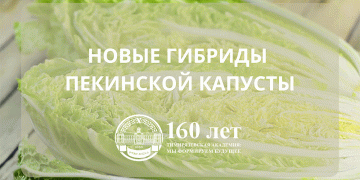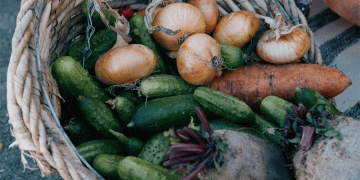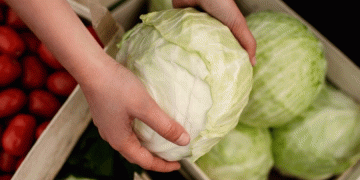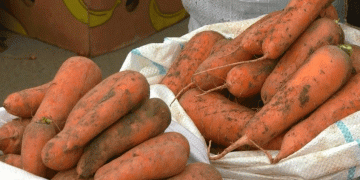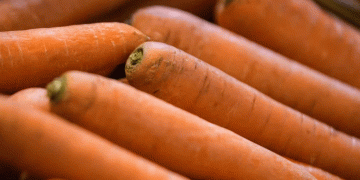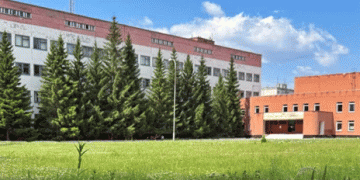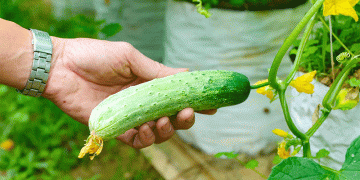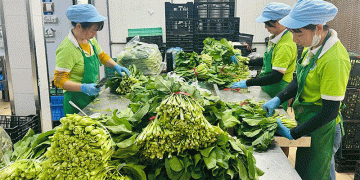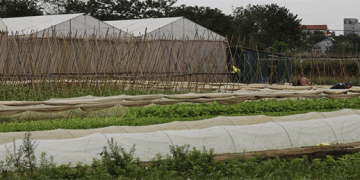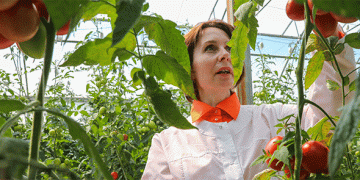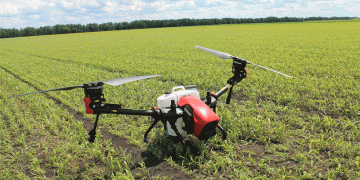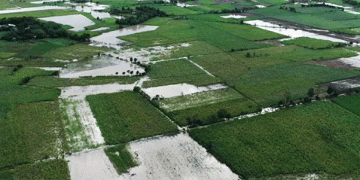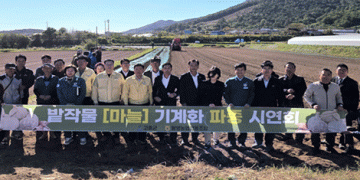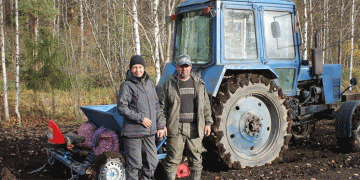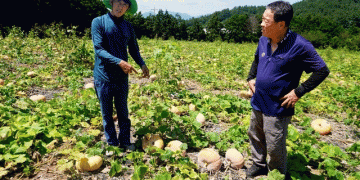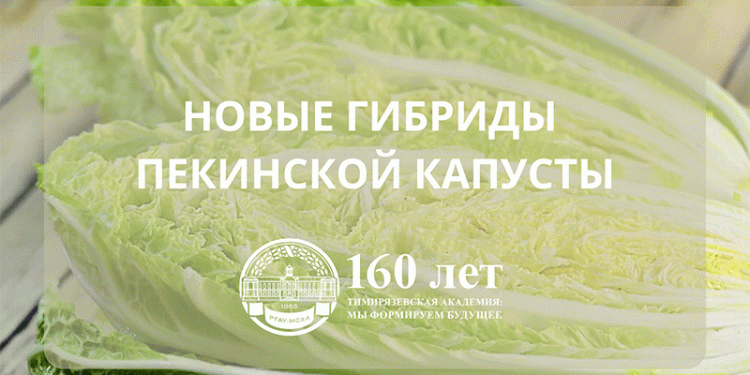Peking cabbage (Brassica rapa subsp. pekinensis) is a nutritious and versatile vegetable, prized for its tender texture and mild flavor. While widely cultivated in Southeast Asia, its adoption in Russia has been limited compared to traditional cabbage varieties. However, researchers at the RGAU-MSHA named after K.A. Timiryazev have made significant strides in developing improved hybrids tailored to Russian growing conditions.
Key Advancements in Hybrid Development
The newly introduced hybrids—F1 Nika (late-maturing), F1 Hydra (mid-maturing), and F1 Nezhnost (ultra-early-maturing)—exhibit remarkable traits:
- High Yield Potential – These hybrids demonstrate 20-30% higher productivity compared to conventional varieties, ensuring better returns for farmers.
- Resistance to Clubroot (Plasmodiophora brassicae) – Clubroot is a devastating soil-borne disease causing up to 60% yield losses in cruciferous crops (FAO, 2023). The new hybrids’ resistance reduces dependency on chemical treatments.
- Extended Shelf Life (Up to 4 Months) – Post-harvest losses in cabbage average 25-40% globally (World Bank, 2022). These hybrids maintain quality in storage, minimizing waste and ensuring winter supply.
Addressing Key Agricultural Challenges
The breeding program focuses on:
- Preventing Premature Bolting – A major issue in early planting, leading to economic losses.
- Enhancing Cold Tolerance – Critical for extending growing seasons in temperate climates.
- Improving Marketability – Longer shelf life meets consumer demand for fresh produce year-round.
Scientific Backing & Future Prospects
Published in the Siberian Journal of Life Sciences and Agriculture, the study highlights the hybrids’ performance under controlled trials. Funded by Russia’s “Priority-2030” initiative, this research strengthens domestic food security and reduces reliance on imports.
The Timiryazev Academy’s breakthroughs in Peking cabbage breeding offer farmers higher yields, disease resilience, and reduced post-harvest losses. As global vegetable demand rises—projected to grow by 4.1% annually (OECD-FAO, 2024)—such innovations are vital for sustainable agriculture.
